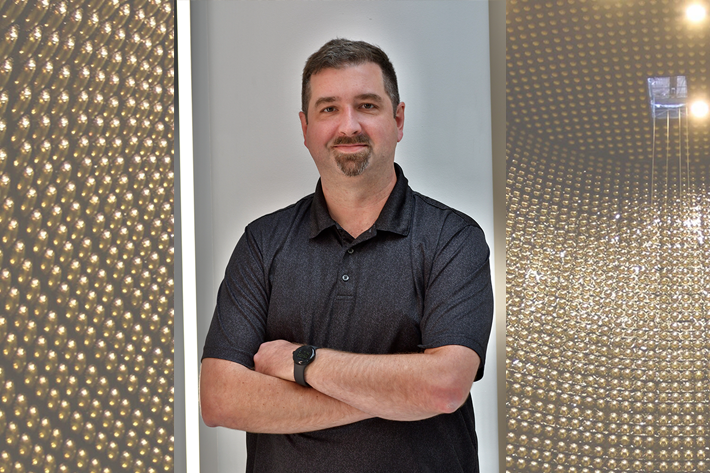Events
Events Calendar
Colloquium: Christophe Grojean, DESY
Thursday, April 22, 2021, 3:35 p.m. through Thursday, April 22, 2021, 4:35 p.m.
via Zoom: https://umn.zoom.us/j/95347694426
With the discovery of the long sought-after Higgs boson at CERN in July 2012, a new state of matter and a new dynamical principle have been revealed as essential building blocks of the fundamental laws of physics. It provides a solution to the half-century-old mass conundrum, i.e., the apparent incompatibility between the mass spectrum of the elementary particles and their fundamental interactions. I shall describe the Higgs physics precision program that will guide new physics searches at the high-energy frontier at the next runs of the LHC itself and at other future facilities.
Women in Physics and Astronomy talk: Marija Vucelja, University of Virginia
Tuesday, April 20, 2021, 5:30 p.m. through Tuesday, April 20, 2021, 6:30 p.m.
Zoom link can be found on the WAPHLs site
Abstract: Comparing two identical systems in their relaxation to the environment, we expect that the system with a smaller mismatch between its and the environment's temperature will thermalize faster -- yet it is not always the case. The Mpemba effect is an example of an anomalous relaxation process, where "hot cools down faster than cold" or "cold heads up faster than warm." The effect was experimentally observed in water, magnetic systems, clathrate hydrates, polymers, and colloidal particle systems. It was simulated in granular fluids, spin-glasses, driven gasses, quantum systems, magnetic alloys, and gases without equipartition. The numerous occurrences of the effect imply that it is general. To understand the general nature of the Mpemba effect, we theoretically study a model system -- the overdamped dynamics of a particle moving on a potential surface. We connect the occurrence of the Mpemba effect with the properties of the potential, characteristics of its meta-stable states, and provide further insight into anomalous relaxation processes.
Colloquium: Gianna Cauzzi, National Solar Observatory National Institute of Astrophysics
Thursday, April 15, 2021, 3:35 p.m. through Thursday, April 15, 2021, 4:35 p.m.
via Zoom: https://umn.zoom.us/j/95347694426
The Sun represents a template for much of our understanding of the workings of a "cool", active star, and its proximity allows us to observe exquisite details at its surface, with current facilities routinely reaching resolutions of few hundreds of km
on the solar disk.
Yet, many questions still linger, in particular concerning the actual mechanism(s) that create and maintain a hot outer atmosphere, as well as the solar wind. We know that a major role is played by the magnetic field, that mediates the transfer to the upper atmosphere of the abundant energy provided by surface convection. However, very little is currently known about the field itself in these upper layers, owing to the difficulty of measuring and interpreting the weak polarization signal created by its presence. Similarly, we observe a dazzling variety of small and highly dynamic features that are often invoked as responsible for providing mass and energy to the corona and the wind; yet big uncertainties exist on their physical characteristics due to the small scales involved.
In this talk I will focus on some of these open questions, and discuss how progress from upcoming observational facilities will improve our understanding of the magnetic and thermodynamic structure of the solar atmosphere. In particular, I will describe the possibilities provided by the Daniel K. Inouye Solar Telescope (DKIST) of the US National Science Foundation, a 4-meter facility on the island of Maui, Hawai'i, which is currently being commissioned. With its unprecedented collecting area, suite of complementary instruments, and coronographic capabilities, DKIST will provide the highest-resolution observations of the Sun ever achieved, as well as the sensitivity to measure the
vector magnetic field in the chromosphere and in the faint corona.
(*) The DKIST is built and operated by the National Solar Observatory, a research center operated by the Association of Universities for Research in Astronomy (AURA) under a cooperative agreement with the National Science Foundation Division of Astronomical Sciences.
Universe@ Home: The Theory of General Relativity (And You)
Wednesday, April 14, 2021, 8 p.m. through Wednesday, April 14, 2021, 9 p.m.
Register here for zoom information
The Theory of General Relativity (And You)
Presenters: Nico Adams, Maxwell Kuschel and Avery Wold
Right now, astronauts on the International Space Station are moving faster through time than you are. Similarly, your head is moving very slightly faster than your feet. These things are a result of the General Theory of Relativity, which states that Earth's gravity warps the space and time that we live in. In this talk, we'll discuss a few ways that general relativity is currently affecting you on Earth, and how astronomers have measured these effects in space.
CSE public lecture featuring Lindsay Glesener
Wednesday, April 14, 2021, Noon through Wednesday, April 14, 2021, 1 p.m.
Zoom webinar—Register Now
|
About the Talks |
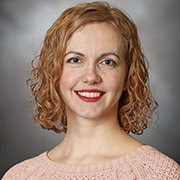 “The Star in our Backyard: The Science Behind Solar Storms”
Lindsay Glesener, Assistant Professor, School of Physics and Astronomy The Sun offers us a special window into the Universe by allowing us to study astrophysics in our own neighborhood. But beyond this, there is a practical urgency to understanding the Sun because it is the driver of the space weather that surrounds and affects the Earth. The origin of this space weather lies in abrupt releases of magnetic energy on the Sun called solar flares. Glesener will describe what we currently know about the physics behind flares and what we hope to learn in the future with new telescopes. She will also discuss how students play an especially important role in the development of the next generation of telescopes and instruments to unlock the mysteries of our own star. |
 “Peering Through a Microscope at Gigantic Dinosaurs”
Peter Makovicky, Professor, Department of Earth and Environmental Sciences Predatory non-avian dinosaurs like T. rex are both the largest terrestrial carnivores and the largest bipedal animals to have ever lived. Different lineages evolved 5-10 ton body sizes at different times and on different continents during the Cretaceous. By examining microscopic details in cross-sections of their bones, we can quantify the rates at which these extreme animals grew, whether they all followed a common or divergent growth strategies, and how this relates to the biology of the only living dinosaurs, birds. |
Colloquium: Leon Balents, UCSB
Thursday, April 1, 2021, 3:35 p.m. through Thursday, April 1, 2021, 4:35 p.m.
via Zoom: https://umn.zoom.us/j/95347694426
Abstract: Recent advances allow study of truly two-dimensional physics in atomically thin van der Waals materials. Through examples, I will illustrate how tiny rotations of single atomic layers relative to one another induces new types of magnetism.
Faculty host: Fernandes
Universe @ Home: Light Pollution and the Loss of the Night Sky
Wednesday, March 31, 2021, 8 p.m. through Wednesday, March 31, 2021, 9 p.m.
via zoom, registration is required
Presenters: Anjana Telidevara, Lauren Laufman and Ramona White
When people think of pollution, light isn't usually the first thing that comes to mind. However, light pollution can be just as harmful to humans and the environment. Not only do the stars become invisible when inside a major city full of bright lights, but sleep schedules of both humans and animals are negatively affected as well. Luckily, we can take action to halt the progression of light pollution and easily reverse it.
Colloquium: Paul McEuen, Cornell University
Thursday, March 25, 2021, 3:35 p.m. through Thursday, March 25, 2021, 4:35 p.m.
Can we build microscopic robots? If Nature can build at this scale, why can’t we? The brains are not the problem: a modern IC has tens of thousands of transistors in the area occupied by a paramecium. But two major components are missing:electronic actuators that can operate as the robot’s micro-appendages, and a power/communication system for getting energy/info in and out. In this talk, I will discuss work by an interdisciplinary team at Cornell to solve these problems. We first created OWiCs, or Optical Wireless Integrated Circuits, that use light for comms and power. OWiCs are smartphones for the micro world, with potential applications in everything from implantable sensors to microscopic ID tags.Here, they will be the brains of the microscopic robot. For appendages, we have developed a new class of electrochemical actuators called SEAs that readily flex on the micron scale. We then integrated SEAs with OWiCs to build our first prototype microscopic robots, which now hold the Guinness World Record for the Smallest Walking Robot.
Bio:
Paul McEuen is the J ohn A. Newman Professor of Physical Science at Cornell University and Director of the Kavli institute at Cornell for Nanoscale Science. His research explores the electronic, optical, and mechanical properties of nanoscale materials; he is currently excited about using these materials to construct functional,intelligent micron-scale sensors and robots. He is also a novelist, and his scientific thriller SPIRAL (featuring tiny robots) won the debut novel of the year from the International Thriller Writers Association. He is a fellow of the American Physical Society, the National Academy of Sciences, and the American Academy of Arts and Sciences. He is also the co-founder of OWiC Technologies,an early-stage startup commercializing the Optical Wireless Integrated Circuit platform.
MIfA Public Lecture: Patrick Kelly
Tuesday, March 23, 2021, 7 p.m. through Tuesday, March 23, 2021, 8 p.m.
Register: https://umn.zoom.us/webinar/register/WN_6TQAjRNdTH-V_5BPOnWttg
Galaxy Clusters are vast concentrations of many hundreds of galaxies bound together by gravity. Einstein's theory of general relativity predicts that if light traveling towards us passes close to such a massive object, its path will be bent, and it will take longer for the light to reach us. Indeed, galaxy clusters act as giant and spectacular magnifying glasses that not only magnify background galaxies but also create multiple images of them. Dr. Kelly will talk about what happens when a massive star explodes as a luminous supernova in one of those distant, multiply imaged galaxies. He will also describe a recent discovery that individual stars in galaxies more than halfway across the universe can become so highly magnified by galaxy clusters that we can see them one-by-one from Earth.
Colloquium: Daniel Kennefic, University of Arkansas
Thursday, March 18, 2021, 3:35 p.m. through Thursday, March 18, 2021, 4:35 p.m.
This is the centenary year of the celebrated eclipse expeditions of 1919 which confirmed Einstein's theory of General Relativity. In recent decades the story of these expeditions has focused on Arthur Stanley Eddington and the question of his alleged bias in favor of Einstein’s theory. It has been alleged that Eddington threw out data which did not favor Einstein’s theory. Meticulous examination of the expeditions’ papers reveals that this view is mistaken. The relevant data was taken by the expedition organized by the Greenwich observatory and it was the director of that observatory, the Astronomer Royal, Frank Watson Dyson, who was responsible for the decisions in question. Studies of the data analysis sheets and comparison with modern re-analysis of the original plates vindicate his decision. The story of the two expeditions, is a remarkable one and this talk will examine the people, the instruments and the science of the teams and how their work changed science forever.
School News
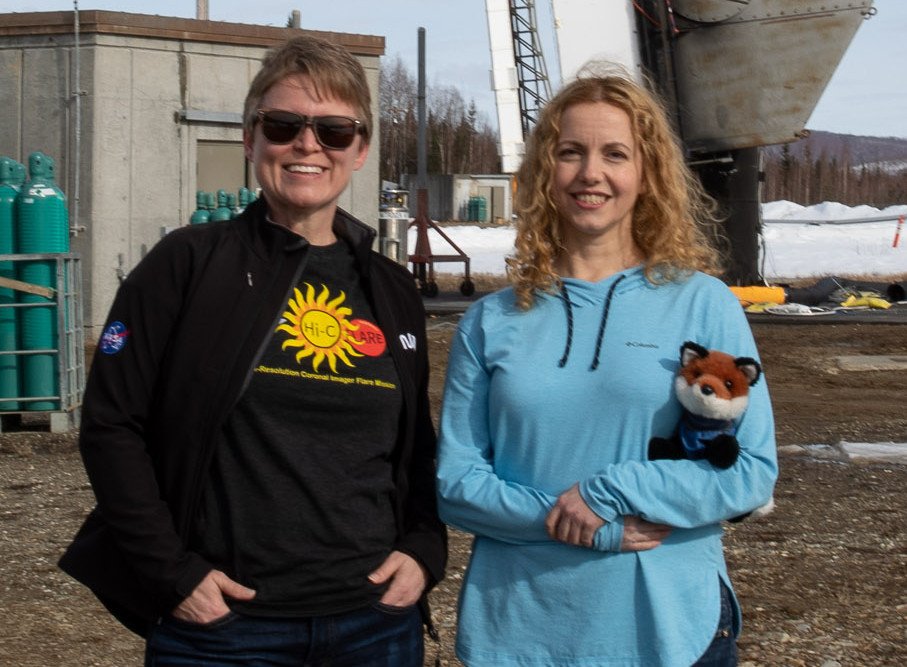
Glesener part of NASA's first solar flare observation campaign
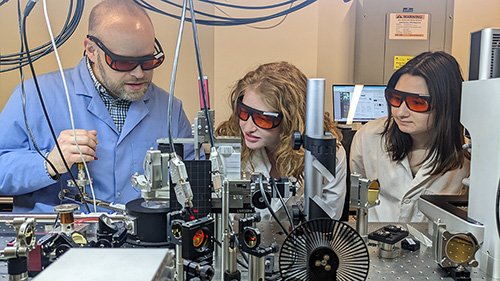
Inside Professor McLeod’s Nano-Imaging Laboratory
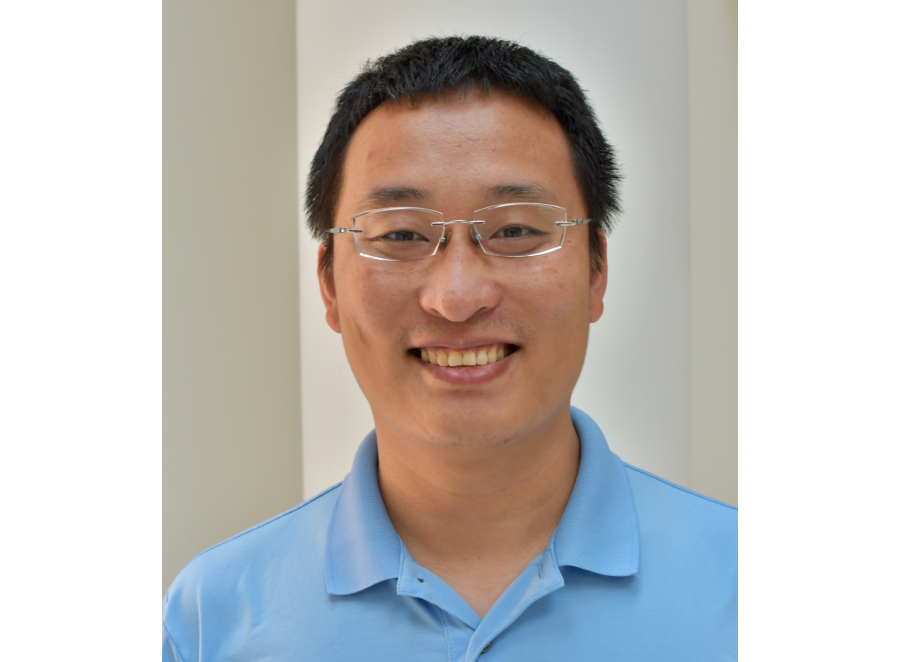
Liu receives prestigious Sloan Research Fellowship for early-career researchers
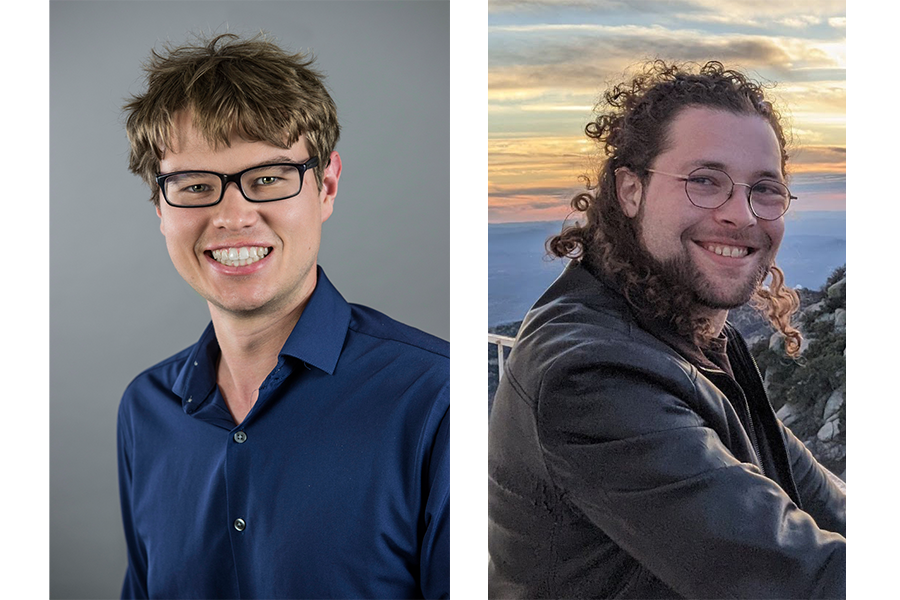
Coughlin and Criswell part of comprehensive UV light survey
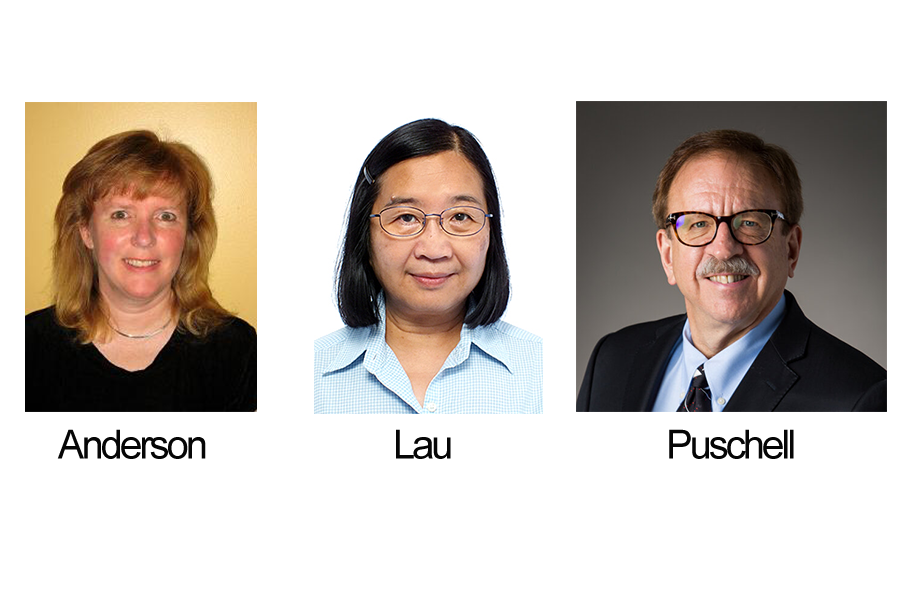
Three School Alumni elected to National Academy of Engineering
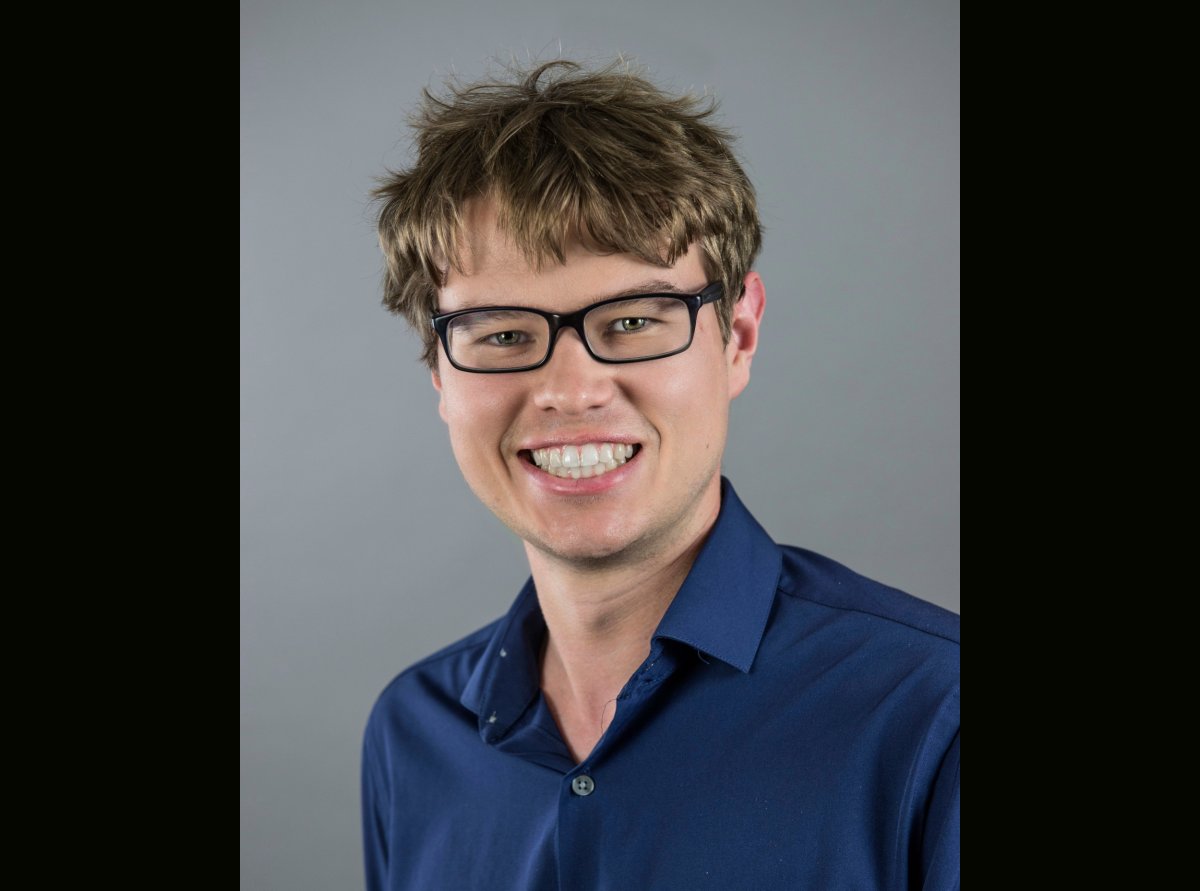
Coughlin receives McKnight Professorship

Humphreys Awarded Medal from Royal Astronomical Society

John Broadhurst, 1935 - 2023
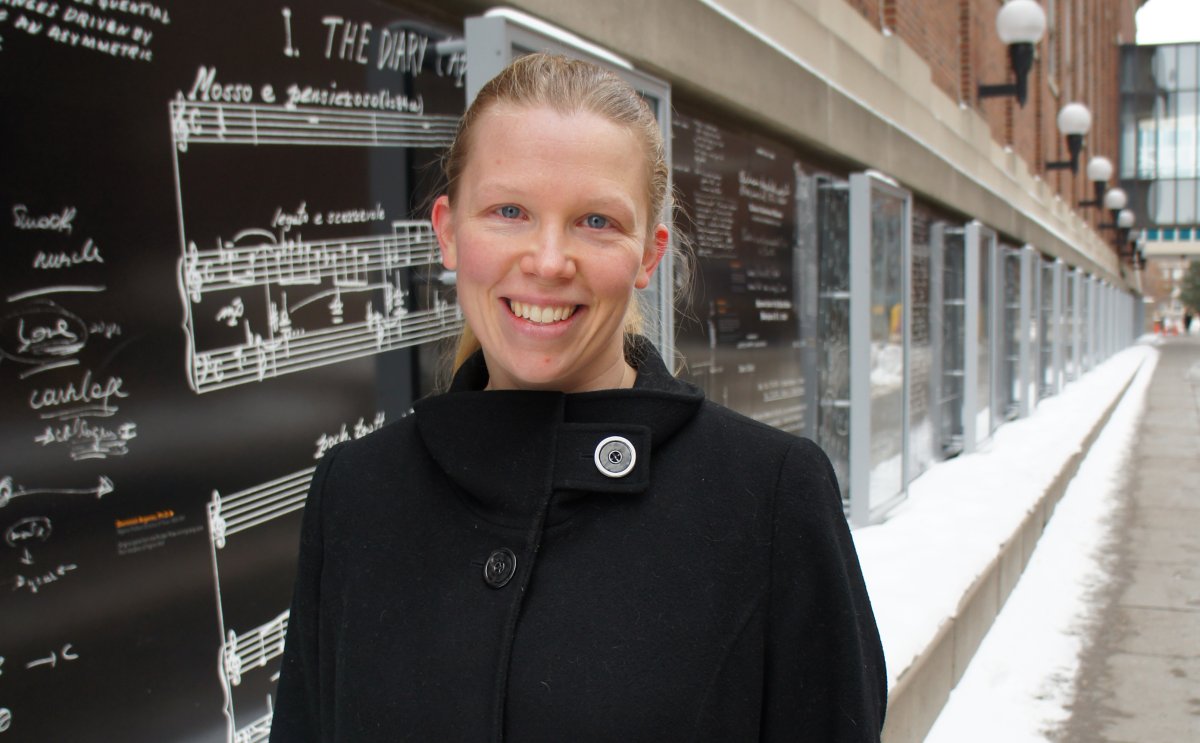
Burnell elected APS Fellow
